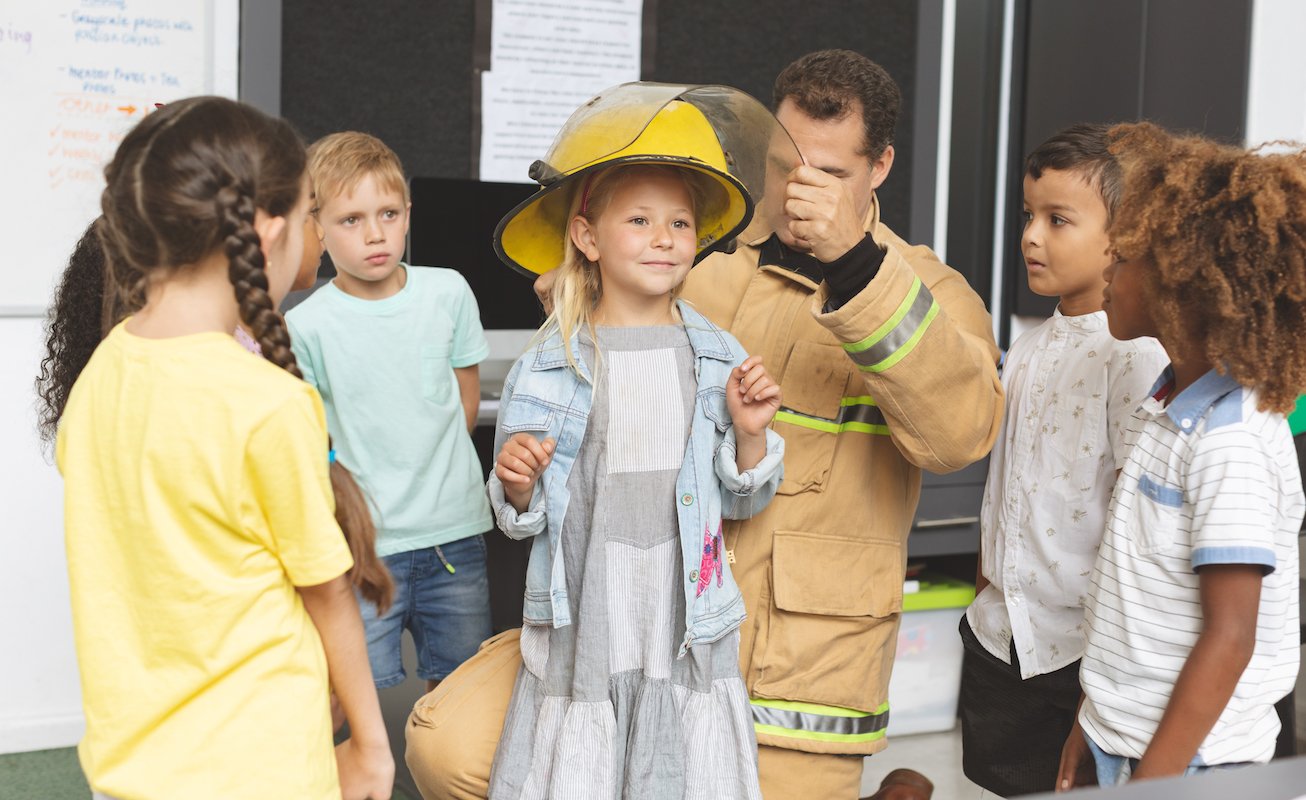Last month we spoke about the “3 Pillars” of school safety; Systems, Policies, and People. As discussed previously, none of these pillars can support a strong safety program by itself. Even if they can for a short period of time, the burden will become too much and the weakness in the individual pillars will show themselves and begin to crumble under the weight of carrying the entire load. So how do we ensure that all of our pillars are supported and the load of the other two pillars is evenly distributed? If we have 3 pillars that are each holding up their specific responsibilities, but are not connected, what happens if one pillar starts to experience too much of the load? If they are not connected and supporting each other, you cannot easily transfer some of that load from one pillar to another. Even if on a temporary basis, every structure needs to have the ability to support more weight than just what it is responsible for. In this illustration we are talking about that part of the structure that connects all of the pillars together and allows for flexibility and the transfer of responsibilities to ensure the entire does not collapse or fail; The Safety Culture.
What is a Safety Culture? I found this definition on the internet and felt it was applicable to our discussion:
Safety culture results from the shared beliefs, values and behaviors that guide an organization’s approach to creating a safe, healthy and sustainable environment. Strong safety culture is grounded in a set of values, policies and practices and can be thought of as the collection of the behaviors and actions that every stakeholder takes to ensure their safety and that of others.
We all acknowledge that school safety is a shared responsibility and we discussed what it means in January when we discussed the importance of understanding the roles and responsibilities of everyone within your organization. The above definition emphasizes the importance of “shared” when it comes to beliefs, values and behaviors. It stresses the need to have your entire organization to buy into the safety of everyone and even states this is “grounded” in a set of values, policies and practices. Just as important as what is stated, is what is not stated: only one person or team is responsible for your safety. There is no secret to creating a safe environment, whether it is a school or any other organization. Creating a safety culture is a continuous process that never ends. As with every journey, it begins with the first step in which you can continually build upon: creating safety policies and procedures, training and coaching, accountability, process improvement, management commitment and leadership.
- Creating Safety Policies and Procedures: Look to your local, regional, state and federal education agencies for model policies and procedures. They should set the minimally accepted levels of performance and expectations. REMS (Readiness and Emergency Management for Schools) is a good place to start. They provide a large library of resources which meet all of the federal standards. Once you have created your policies and procedures, share them with your first responders to get their input. This will go a long way to creating the lasting relationships necessary to respond to and manage an emergency should the need arise.
- Training and Coaching: Creating policies and procedures and not training your staff on them, or continually coaching them in safety procedures does very little good for anyone. Ensure every staff member and student understands their roles, responsibilities and the consequences of not following policies and procedures.
- Accountability: Accountability is part of the training and coaching process, but needs to be singled out to ensure that your staff is not only being trained, but that they are held accountable to the standards and expectations the policies and procedures have set.
- Process Improvement: No policy, procedure or process is perfect, it needs to be continually refined. It is imperative that you establish a formal improvement process so necessary changes are completed and documented in a timely manner.
- Management Commitment: Management has to show the same or even higher commitment to the safety policies, procedures and practices that they expect from their staff. They must set the example to be followed, so that it will be mirrored by their staff. The level of your staff’s commitment will rise no higher than the level of commitment your management demonstrates.
- Leadership: Leadership is a verb, not a noun. Leadership requires actions to have an influence on the desired safety culture.
Creating and reinforcing the safety culture in your organization requires a strong foundation which supports everyone, and continually nurtures positive behaviors that are working towards a sustainable future.












No Comments Yet
Let us know what you think